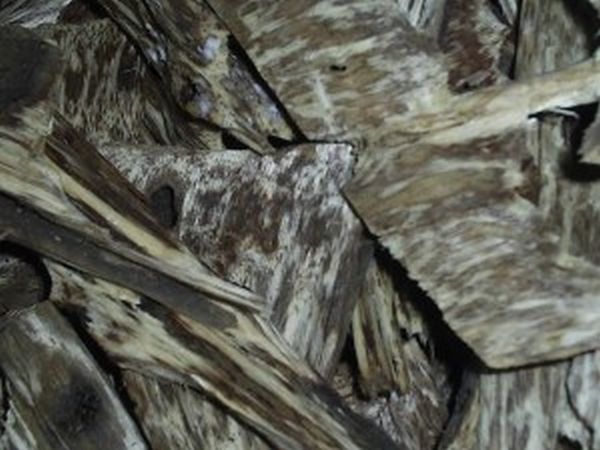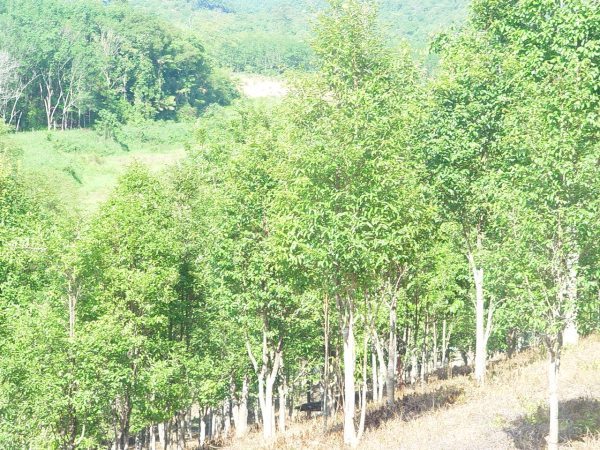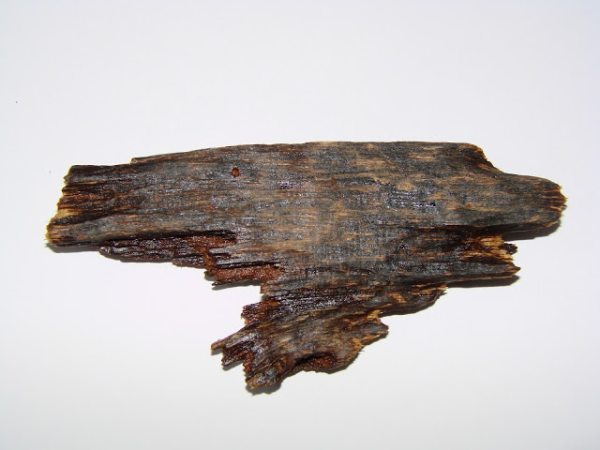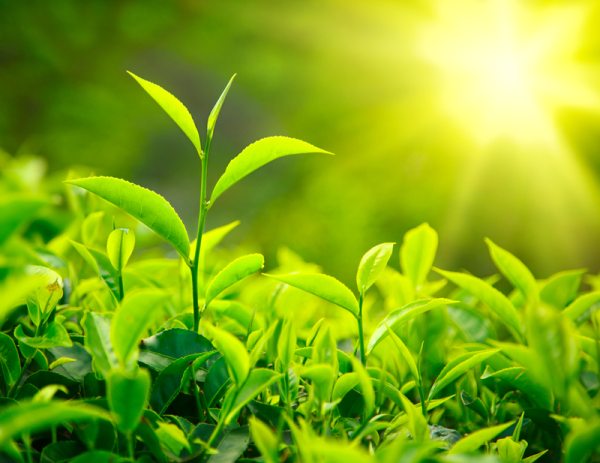A renowned Arab Caliph once said: “If I were a merchant, I would only trade in Oud perfume, so that if I did not make a profit, I would have profited from its sensational scent.”
Oud (agarwood or agar) comes from trees found in India, Cambodia, Vietnam, Yemen, Thailand and Ethiopia. It is a certain fungal infection that comes from Aquilaria trees, which is peeled off the tree. The chips are initially pale and light in color; the heartwood turns dense and dark as a result of the growth of a dangerous mold.
Oud has a very strong and unique scent that is available in chips, which are lit and burned. The scented smoke is called Bakhoor. Oud is also available in an oil form, which is placed in small perfume bottles. People apply the oil on certain areas such as behind the ears and on the wrists for a long-lasting scented effect.
Oud oil is produced by mashing agarwood and placing it in distilling pots and covering them with several inches of water. The lid is then closed and the pot is heated until the water boils. The boiling water ruptures the cells of the wood and the vapor of agarwood oil and steam rises to the top of the pot and escapes, released through a tube leading to a condenser. The condenser cools the vapor and is itself repeatedly cooled by water.
After soaking, the barrels of agarwood mash are emptied into distilling pots and placed over wood fires for distillation. The heating process may look primitive, but the fires are tended by skilled workers who control the temperature quite carefully.
As the vapor passes through the condenser and is cooled, it reverts to a liquid form and is collected in a vessel where the oil and water separate. The water is drawn off leaving the agarwood oil.
Several distillations will generally occur, with the first producing the highest grade of agarwood oil and the last, the lowest. These distillations may continue over a week’s time. After distillation, the remaining mash from the distilling pot is left in the sun to dry. It will then be ground up and used to make joss sticks (incense). Before being bottled, the agarwood oil is filtered to remove dirt and impurities.
Bakhoor, the scented smoke, is made from placing the Oud chip on a bed of natural coal or lighted charcoal, which allows the wood to burn and puff the fragrance of the authentic Oud. Once the chip is burned out, it should be thrown away.
Traditionally in Saudi Arabia, when Oud is lit, the Oud burner is passed around from one person to another as part of Saudi hospitality. An old odd fact about Bakhoor is that when a host is tired of his visitors and wants them to leave, he/she would burn a chip of Oud and walk around the room. Guests would then know that this is a polite signal for them to leave.
Oud in its oil form (dehan) is a considerable investment. It is sold and measured in 12-milliliter bottles called tola. Prices for one tola range anywhere from SR300 to SR8,000. Anything below this price might be a copy or a Chinese imitation.
According to Um Mohammed, a Saudi woman who mixes Oud and has been selling it for a living for over 30 years, says there are other kinds of Oud aside from oil and Bakhoor. There is a special mix called Mabthouth..
“Mabthouth is an Oud paste that is made by crushing Oud wood and adding different scents from Oud dehan and flower oils. Then, the paste is shaped into balls,” she explained. “This paste gives a different smell than what a normal Oud chip would give. As soon as you put the Mabthouth on the flaming coal, you will smell different kinds of Arabian scents all together.”
There are different kinds of Mabthouth that are produced every year. Um Mohammed said that she takes each mixture under study before displaying and offering them to clients. Price range for Mabthouth goes from SR100 to SR500 per box.
Um Mohammed takes small poor quality pieces of Oud (wood chips), crushes them into tiny morsels and mixes them with different oils. When burned, this mixture gives off a better scent than the poor quality pieces when burned alone. This is only done to improve the quality of Oud.
Only natural materials are used to manufacture Arabian Oud mixtures. Um Mohammed uses musk, patchouli, oak, jasmine flower, rose flower, saffron, cedar, amber, bergamot, sandalwood and, of course, agarwood..
Saudi women use a certain method of Bakhoor burning: They walk around the house holding the burner to scatter the smoke in every room. They also wave their abayas and clothing above the smoke so that it picks up the scent and stays there for long. Other Saudi women use Oud and Bakhoor as body perfume by applying dehan on their hair. They put some of the dehan on the tip of their fingers and run it through their wet hair, or they just wave their hair on the smoke coming out of the Bakhoor burner.
Imam Bukhari reported that Oud is known to be an excellent scent for strengthening the body and the mind. According to him, the Prophet (peace be upon him) said: “Treat with Indian incense (Oud Al-Hindi) for it has healing for seven diseases; it is to be sniffed by one having throat problems and put in the mouth for one suffering from pleurisy.”
Oud is also used to traditionally treat asthma, chest congestion, colic, nausea, kidney problems, thyroid cancer, lung tumors, and post childbirth. It is also a general tonic in China, India and Japan.













